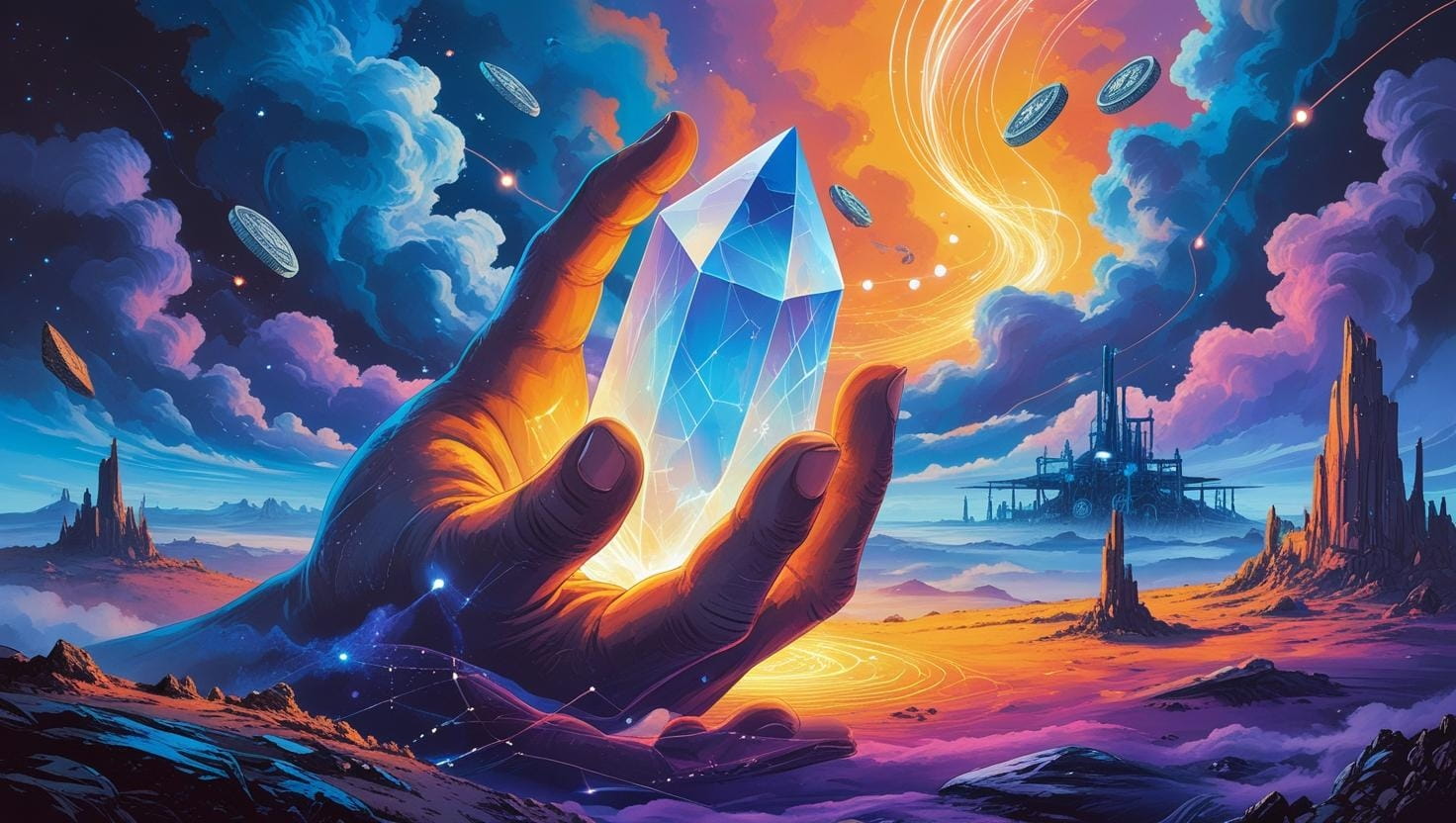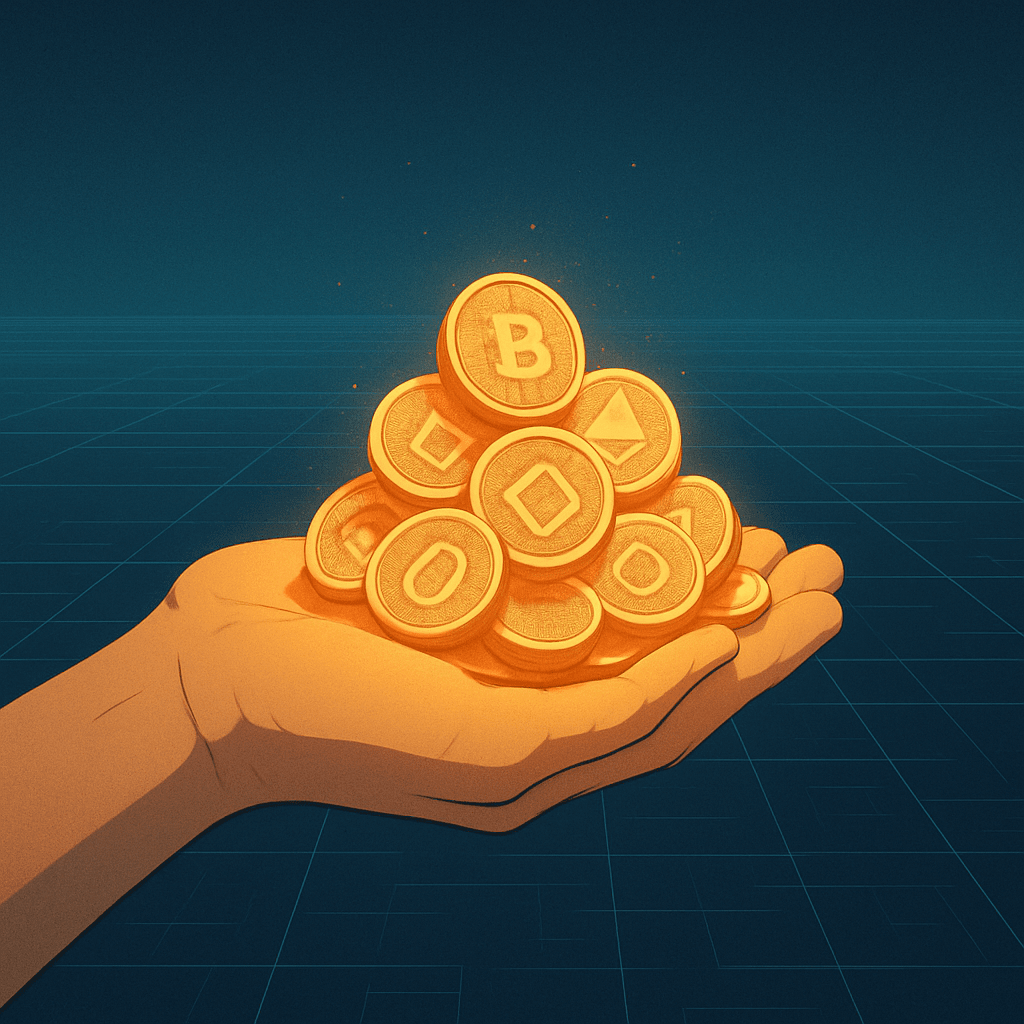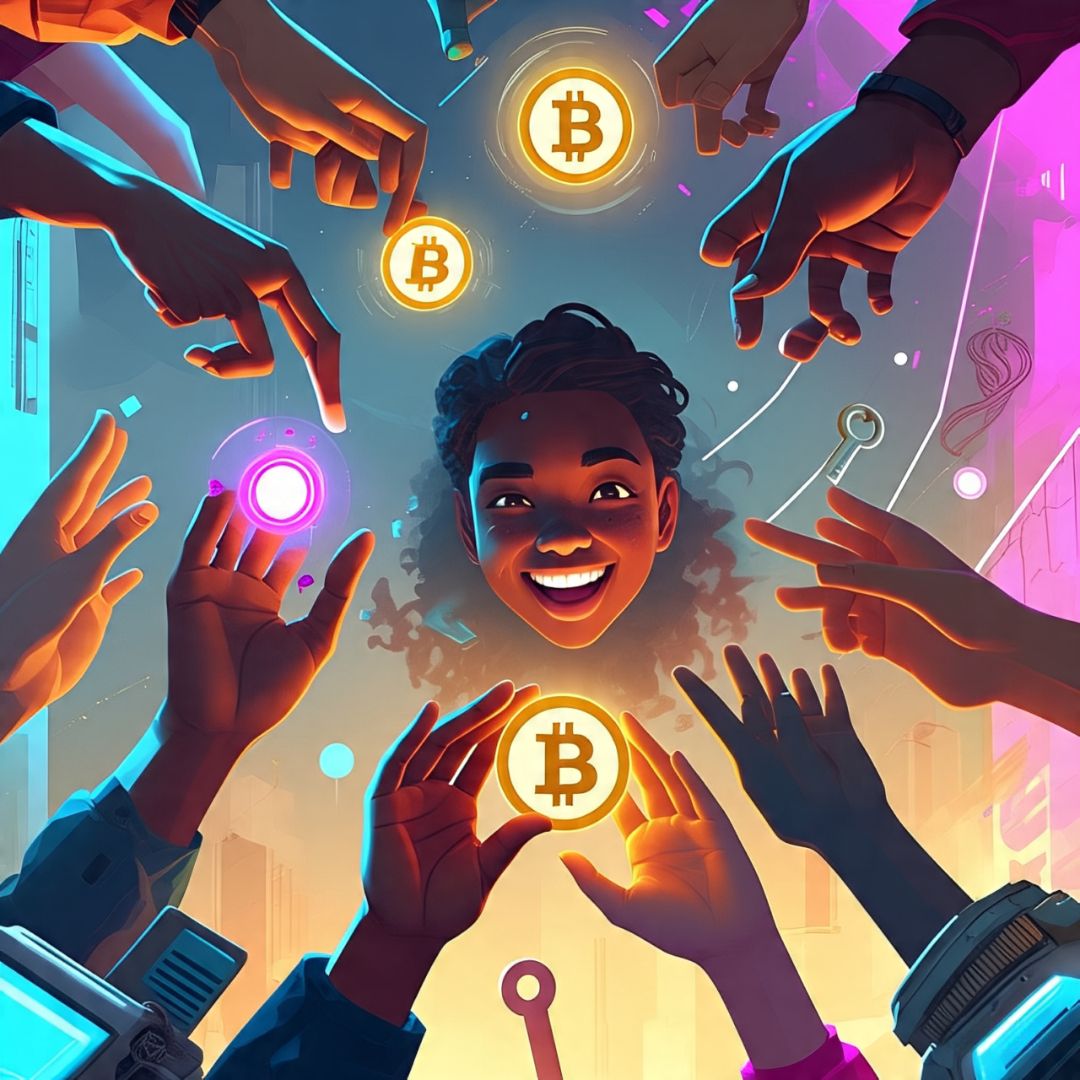
Hello Binancian! Have you ever felt confused when seeing many new crypto projects emerging? They all sound promising, but how do we know which ones really have potential? Well, one key is understanding tokenomics. Don't worry, we will break it down slowly and casually, without making you dizzy!
Think of tokenomics as the "economy" of a crypto project. It's not just about the price of the token going up or down, but much deeper: how the token is created, distributed, and used within its ecosystem. Understanding it is like having a treasure map to find promising projects.
In this first part, we will focus on two main pillars that are very fundamental: Supply and Demand.
🪙 Supply: How Many Coins Are Available in the Market?

Simply put, supply is the total number of tokens in circulation. Just like gold or oil, the rarer it is, the more valuable it usually becomes. In the crypto world, there are several things we need to pay attention to regarding supply:
Total Supply: This is the maximum number of tokens that will ever exist. Some projects have a limited total supply (e.g., Bitcoin with 21 million BTC), while others have a total supply that can increase over time (inflation). Projects with a limited total supply are often considered to have better long-term value potential due to their scarcity.
Circulating Supply: This is the number of tokens that are currently circulating in the market and can be traded. This figure is important because it most influences the current price. Imagine this: if there are 1 billion tokens but only 100 million are circulating, that means there are still many tokens yet to enter the market.
Token Burn: Some projects have a "burning" mechanism for tokens, where a certain number of tokens are permanently removed from circulation. It's like reducing the number of cakes at a party, making the remaining cake more valuable. The goal is, of course, to reduce supply and potentially raise prices.
Understanding these figures is very important. For example, if a project has a very large total supply and a low circulation rate, there could be a significant inflation risk later when more tokens enter the market.
📈 Demand: Why Do People Want to Buy This Coin?

After knowing how many tokens there are, let's discuss why people want to buy them, which is demand. The price of a token will rise if demand is high, and vice versa. So, what can create demand for a token?
Utility: This is the most important! What function does the token have within its ecosystem? Can it be used to pay transaction fees, for staking (locking tokens to support the network and earn rewards), for voting in project governance, or to access exclusive features? The more uses it has, the more people need that token, and automatically demand increases.
Staking & Locking: Many projects allow their users to "lock" their tokens (staking) to earn rewards or voting rights. When tokens are locked, the number of tokens circulating in the market decreases, which can also raise prices.
Adoption: How many people or entities are using the project? The more users and real-world applications of the project, the higher the demand for its tokens.
Speculation: Well, this also cannot be avoided. Many buy tokens hoping that their price will rise in the future. Although this is a strong demand driver, it is also the least stable.
So, Why Are Supply and Demand Important?
The relationship between supply and demand is at the core of price movements.
If supply is limited and demand is high, prices tend to rise.
If supply is abundant and demand is low, prices tend to fall.
By looking at these two factors, we can start to get an initial picture of a token's price potential. Of course, this is just the beginning. There are many other aspects of tokenomics that we need to dissect, such as how tokens are distributed, incentive models, and so on.
Curious about the next part? Stay tuned for part 2! We will delve deeper into other interesting aspects of tokenomics. I hope this article is useful and makes you more excited to learn about crypto!

